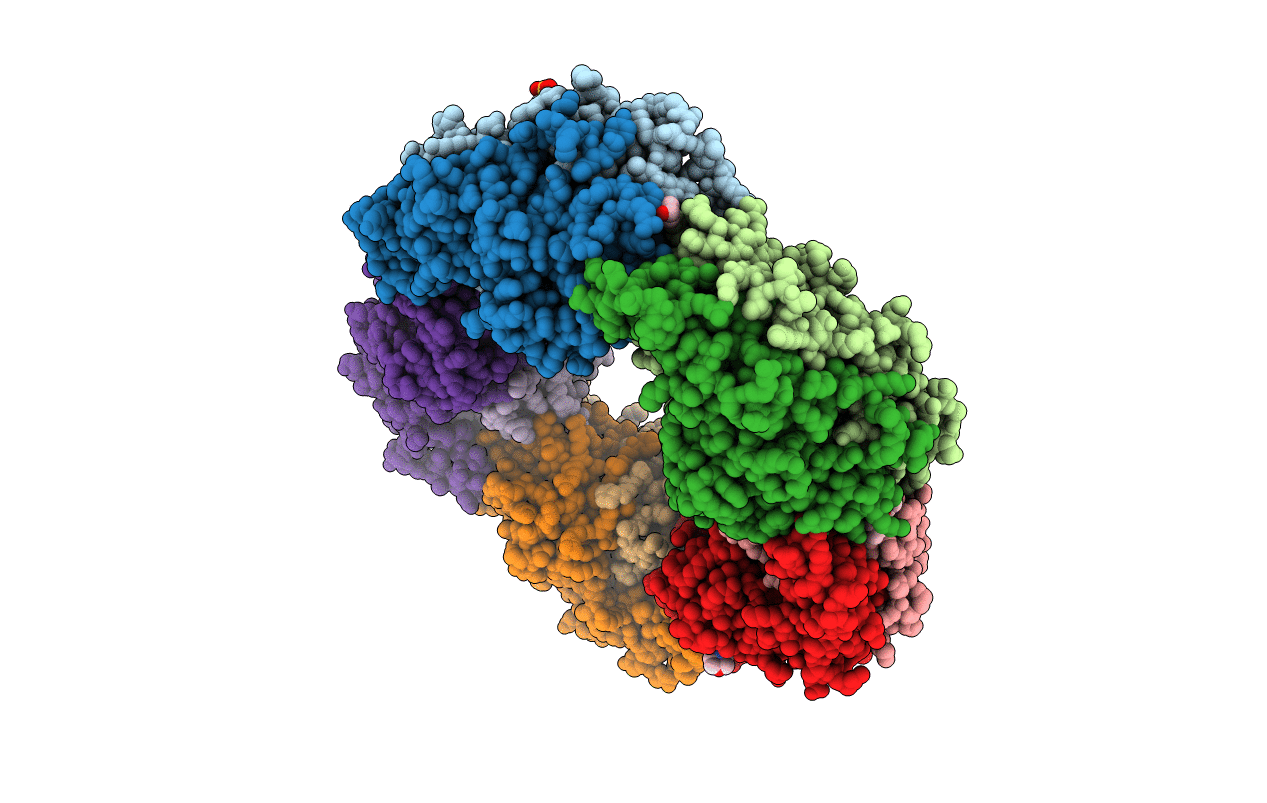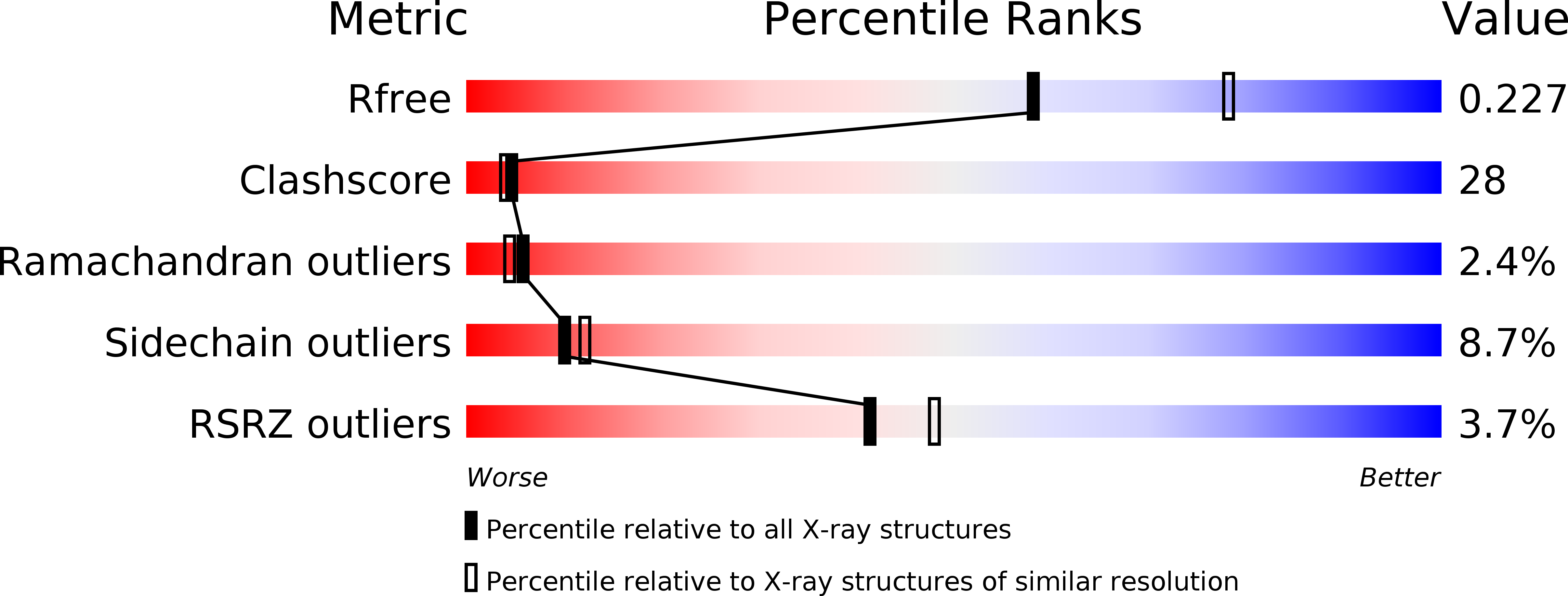
Deposition Date
2005-05-31
Release Date
2005-06-14
Last Version Date
2025-03-26
Entry Detail
PDB ID:
2CV4
Keywords:
Title:
Crystal Structure of an Archaeal Peroxiredoxin from the Aerobic Hyperthermophilic Crenarchaeon Aeropyrum pernix K1
Biological Source:
Source Organism:
Aeropyrum pernix (Taxon ID: 272557)
Host Organism:
Method Details:
Experimental Method:
Resolution:
2.30 Å
R-Value Free:
0.23
R-Value Work:
0.17
R-Value Observed:
0.17
Space Group:
P 1


